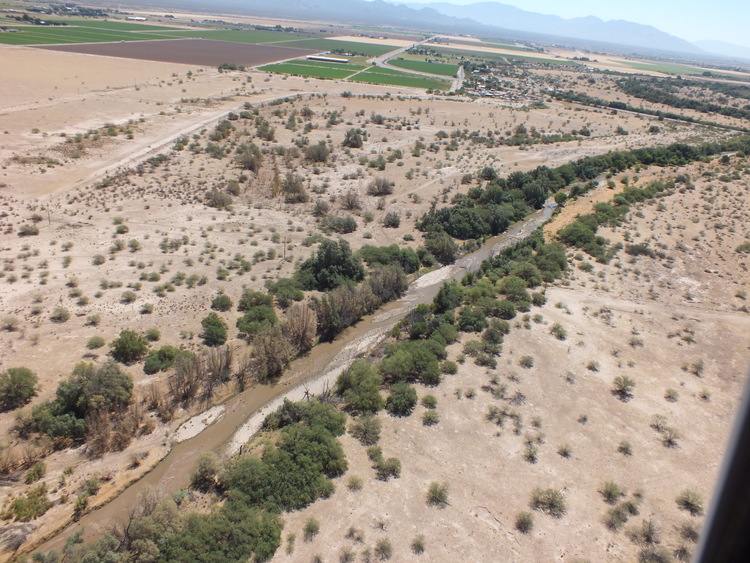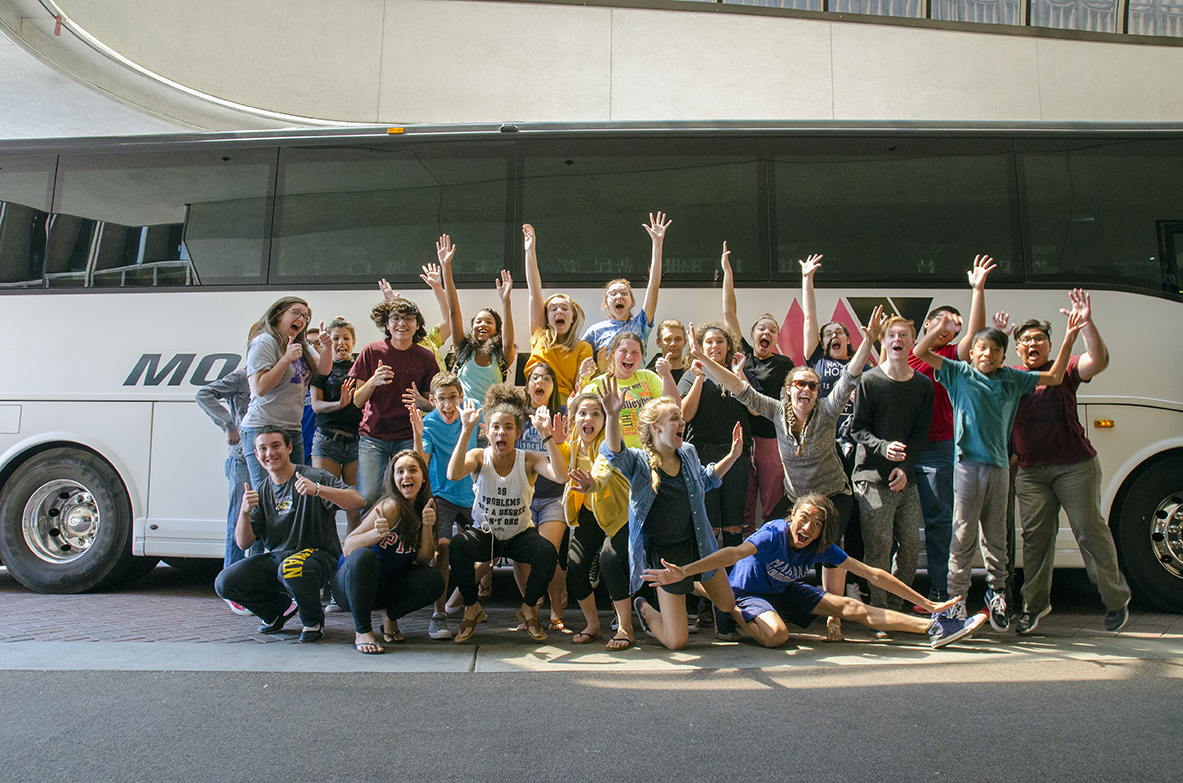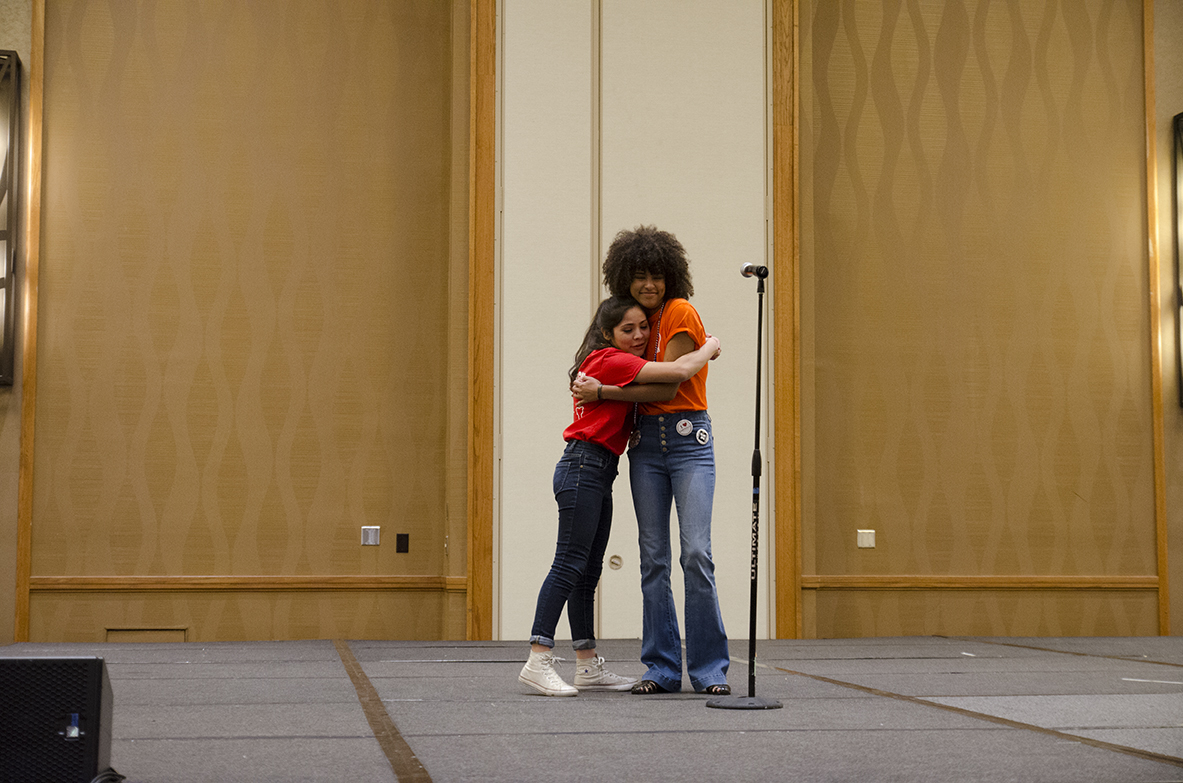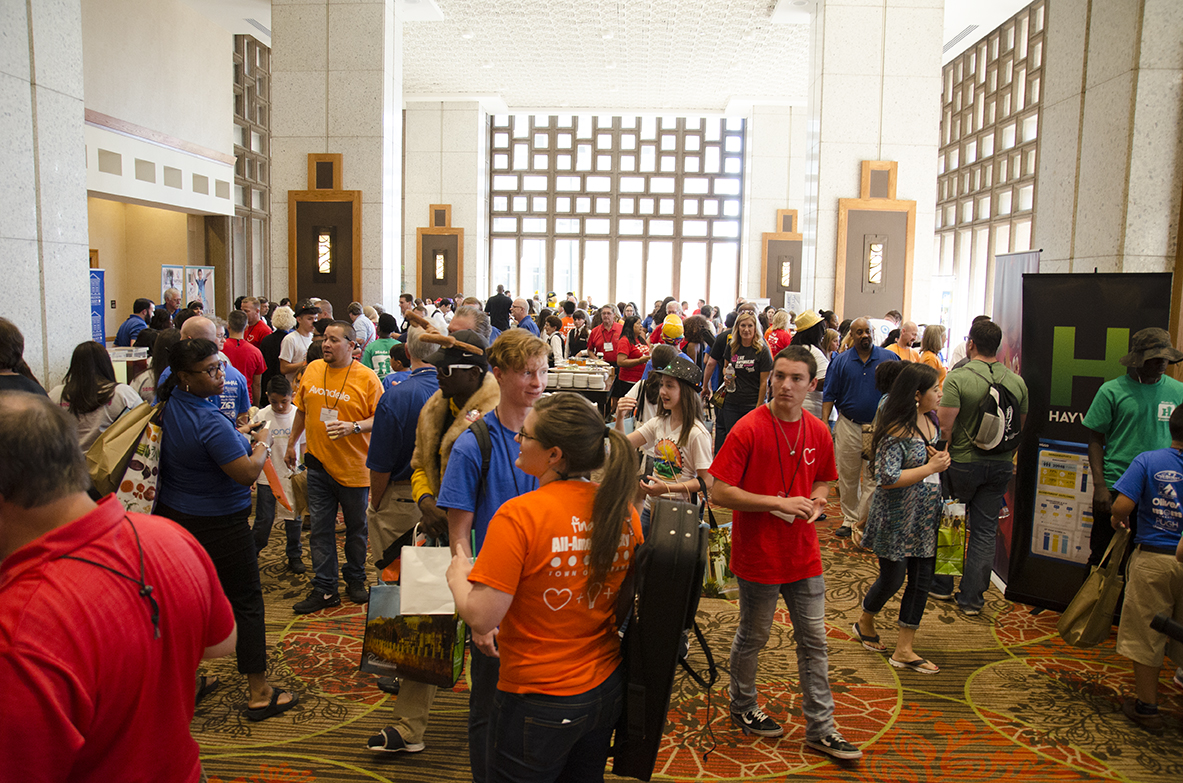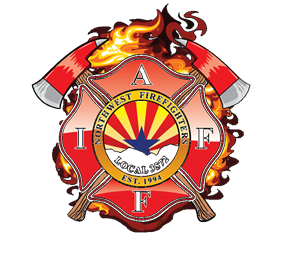In Marana, the Fourth of July means a day of community festivities and fireworks for people, but for pets, it can be a stressful experience. Because pets—and especially dogs—have heightened senses of smell and hearing, that means the explosions of fireworks can disorient them, even causing them to want to run away.
Don’t worry, though! These tips, provided by the Humane Society of the United States, will help you and your best friend prepare for this holiday.
1. Keep your pets safely away from fireworks
There are a number of ways you can do this. Is your home close to Crossroads at Silverbell Park, where Marana’s Start Spangled Spectacular will be this year? Consider taking your four-legged friend to a friend or relative’s house for the evening.
Don’t worry if that’s not an option, though. You can still leave your pet indoors with radio or TV turned on to drown out loud noises.
If you can’t leave your dog at home during the event, please be sure to keep her on leash throughout the night.
2. Call your vet for help
There are several safe medications which can help lower animal anxiety during fireworks. Consider asking your vet which ones are best suited for your best friend.
3. Protect your pet from heat stroke during our summer temperatures
In Marana, we know how to cope with the summer heat, but our pets with their fur coats have it a little harder than we do. During the hottest days, bring your pets inside and make sure they have plenty of water. Never leave a dog in a car unattended, even for a few minutes. If you see any signs of heatstroke in your pet, including heavy panting, glazed eyes, a rapid heartbeat, difficulty breathing, excessive thirst, lethargy, fever, dizziness, lack of coordination, profuse salivation, vomiting, a deep red or purple tongue, seizure, and unconsciousness, see a veterinarian immediately.
4. Make sure your pet is wearing a collar with an ID tag
Even indoor pets can become so anxious during fireworks that they will try to escape through windows or screen doors. By keeping a collar with ID tag on your pet, you dramatically increase the likelihood of your pet making it home. Micro-chipping your animal is also a great idea.
---
Marana’s Star Spangled Spectacular is a one of the Town’s most well-attended events of the year. We hope you will be able to join us for the festivities, but before you leave the house, please make sure that your pets are also ready for a stress-free evening.


















